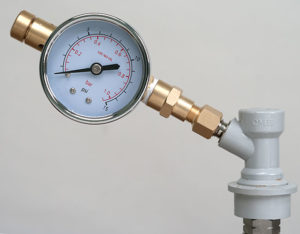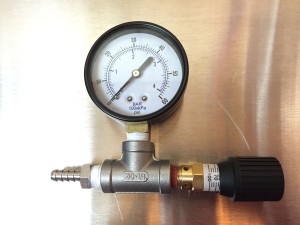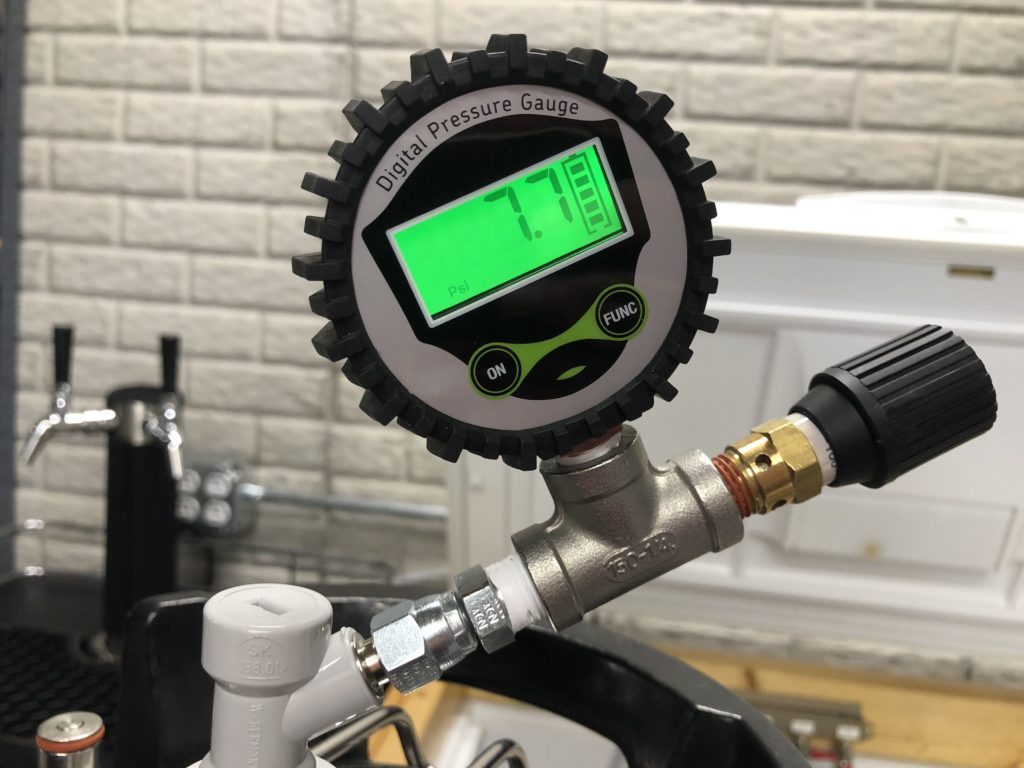
Ready Made Spunding Valve from William’s Brewing
Adjustable Pressure Relief Valve Assembly via William’s Brewing
From the product description, check product page for current description, price and availability:
This adjustable pressure relief valve has a sensitivity of 0 to 15 psi. It has a 1/4″ female flare fitting on one end, which attaches to any threaded ball or pin lock gas fitting. Use this to make a keg pressure relief valve. Adjust the relief pressure by turning the knob on the right side of this assembly. Also known as a Spunding Valve.
A Spunding Valve allows you to ferment under pressure, naturally and precisely carbonate in the keg, fix over-carbonated beers and lots more. See: Build a Spunding Valve – for loads of information on building and using a Spunding Valve.
If you’ve been eyeing our Spunding Valve Build, but don’t want to put it together yourself, here’s your chance. William’s Brewing generally has this for $29.99. This adjustable pressure relief valve has a sensitivity of 0 to 15 psi. It has a 1/4″ female flare fitting on one end, which attaches to any threaded ball or pin lock gas fitting. Use this to make a keg pressure relief valve. Adjust the relief pressure by turning the knob on the right side of this assembly. Also known as a Spunding Valve.
0-15 ADJUSTABLE PRESSURE RELIEF VALVE
Homebrew Finds is Spunding Central!
- Build a Spunding Valve! – How and Why << a top resource on the subject
- Hands on Review: Kegland BlowTie Diaphragm Spunding Valve
rp:wmsspunding


